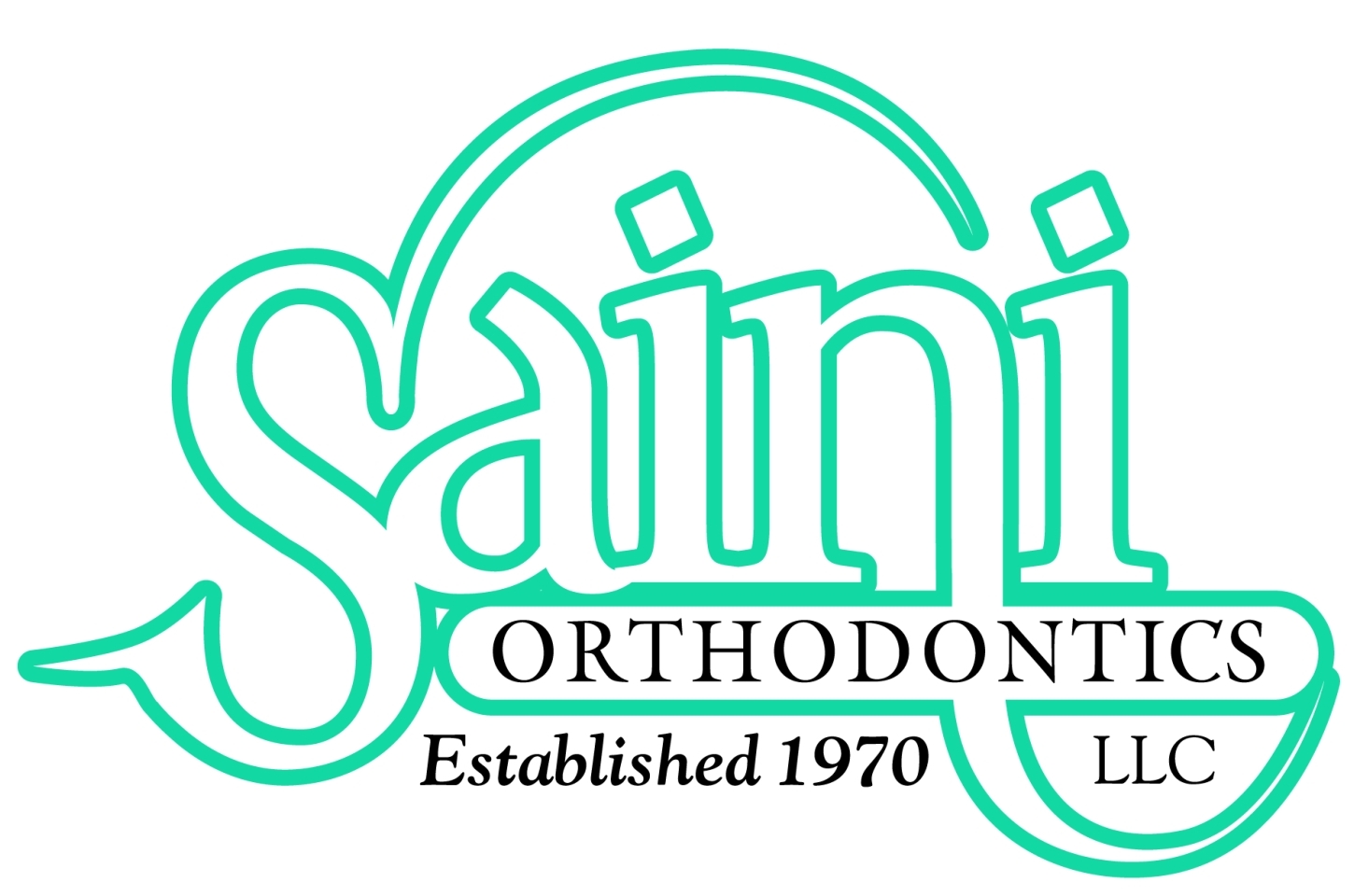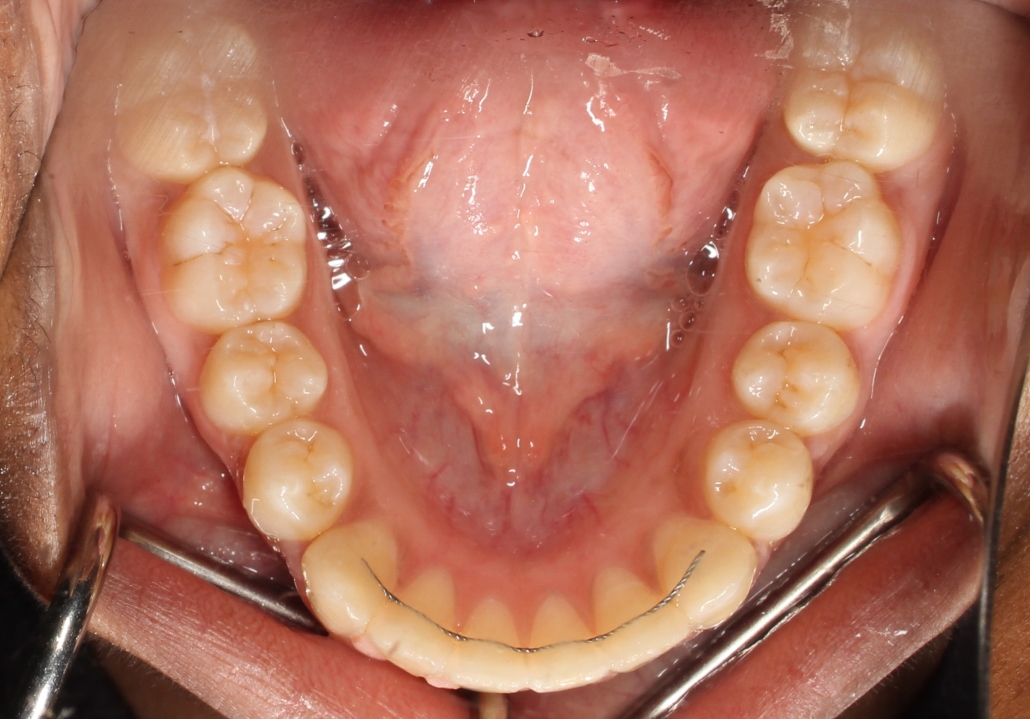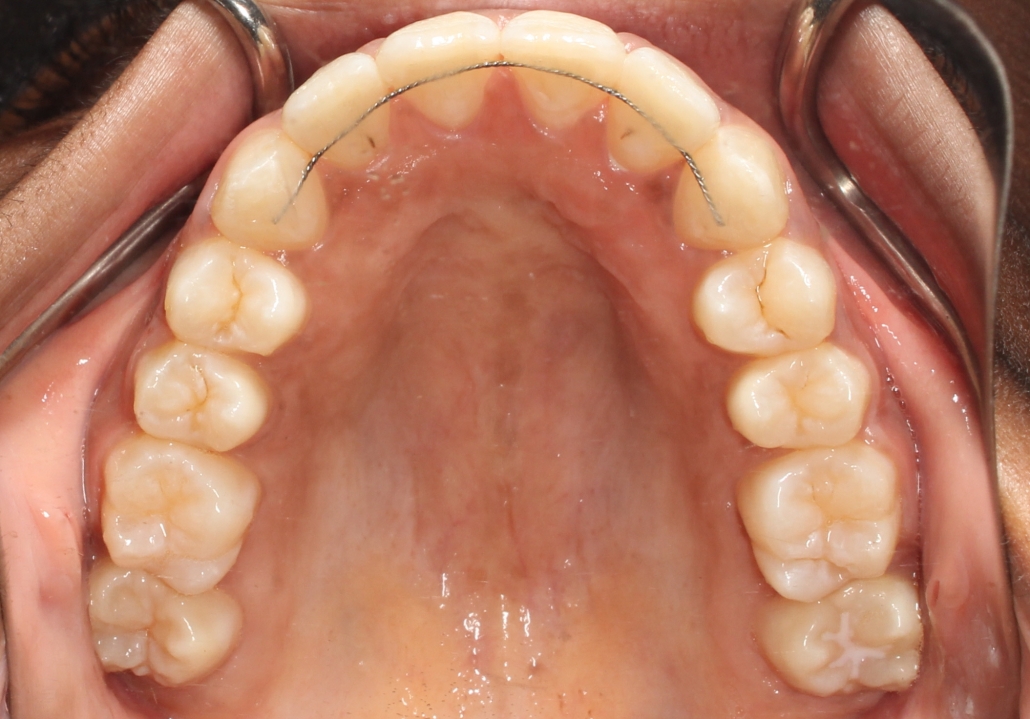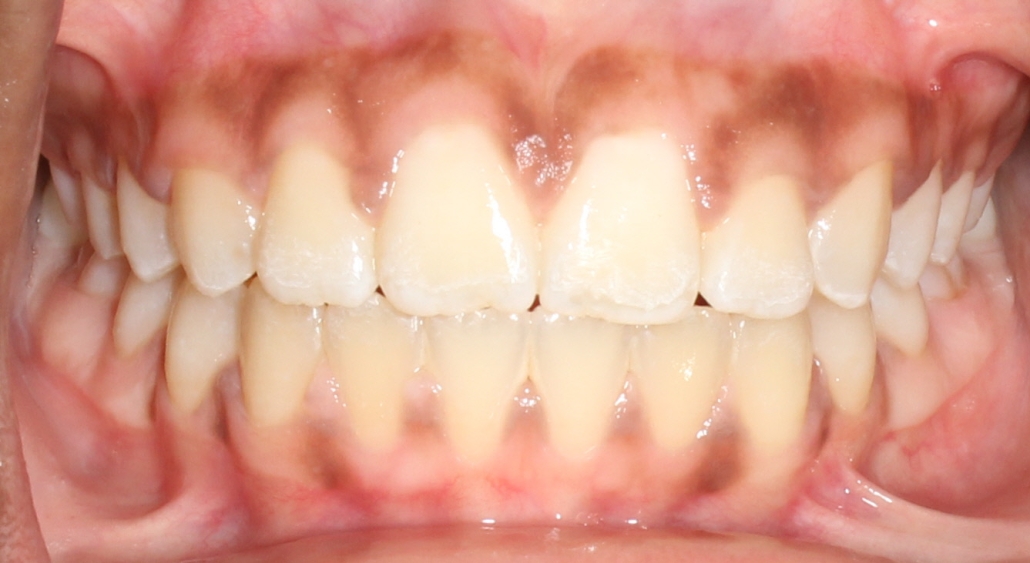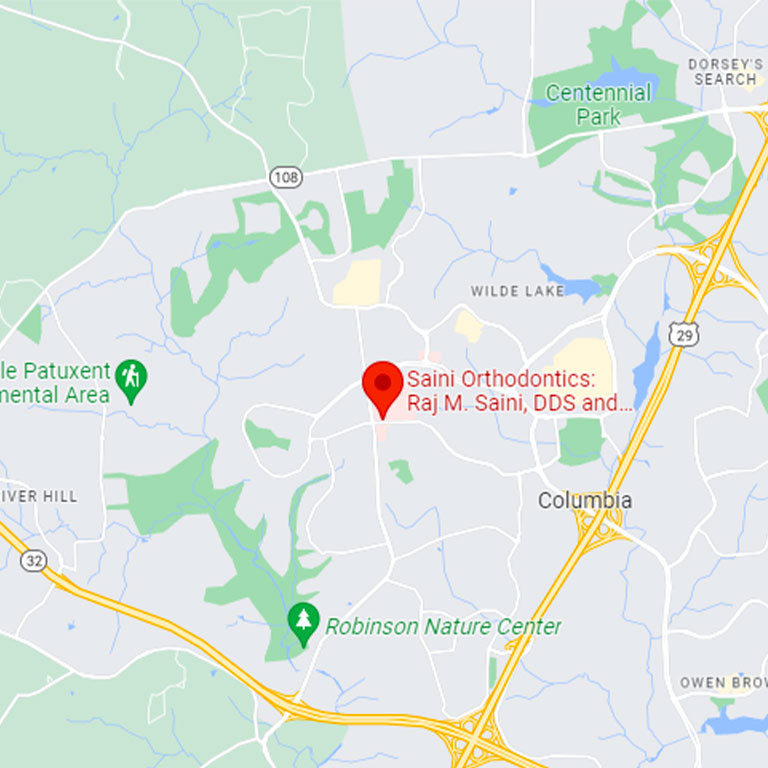Retention
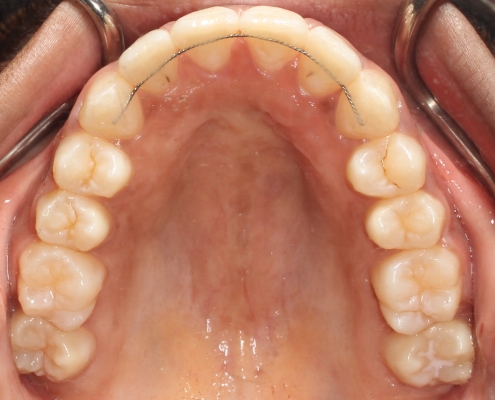
The Retention Phase comes after you have completed orthodontic therapy and your braces are removed. Retention involves wearing either a fixed or removable retainer to keep your teeth in the best position.
What Is Retention Treatment?
Retention is the post-orthodontic treatment phase: wearing a retainer to keep your teeth from reverting back to their original position. Retention is critical to making sure all the time, effort, and expense you’ve spent wearing braces has not been in vain.
A Look at the Different Types of Retainers
At Saini Orthodontics, we work with patients to help them choose the best type of retainer. A few types that may be recommended are listed below.
Fixed Bonded Retainers
Fixed or bonded retainers (often referred to as lingual retainers) are bonded to the teeth. These retainers are made of a thin wire custom formed on a model, which is attached to the backside of the teeth where it is not visible when you smile.
Removable Clear Plastic Retainers
Clear plastic retainers are almost invisible because they do not contain wires. These retainers fit snugly onto your teeth to hold them in place but can be removed at any time.
Retention FAQs
How long will you have to wear a retainer?
In the past, retention was often said to only be necessary for about two years. However, this is not always the case. Most patients need retention indefinitely to maintain the position of their teeth after braces are removed.
Which type of retainer is best?
Every type of retainer has its advantages and disadvantages. However, to ensure stability of treatment results, a customized fixed retainer is often the best choice. Fixed retainers mean the patient does not have to remember to follow a retention schedule because the retainer is bonded to the teeth at all times.
Do all orthodontic patients need retention?
In most cases, yes. Studies have shown that most orthodontic patients will experience relapse, i.e. teeth shifting toward their previous placement. Therefore, retention is usually recommended as a necessary follow-up treatment.
Retention Treatment – A Vital Step in Orthodontic Treatment
While retention may seem redundant after orthodontic treatment, this is an important step to protect your investment in your new smile. Reach out to us at Saini Orthodontics to learn more about every phase of orthodontic treatment, including why we recommend fixed bonded retainers.
